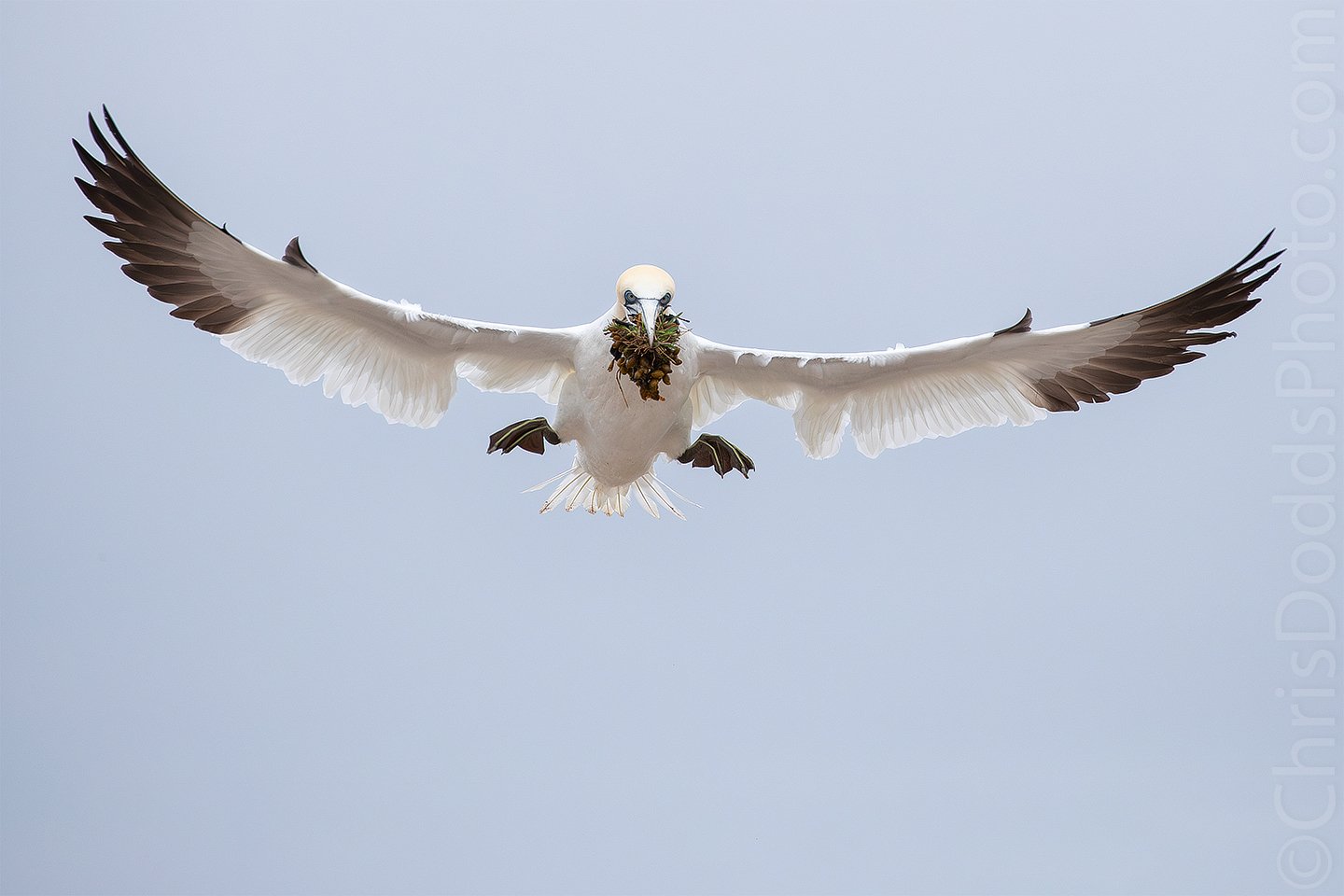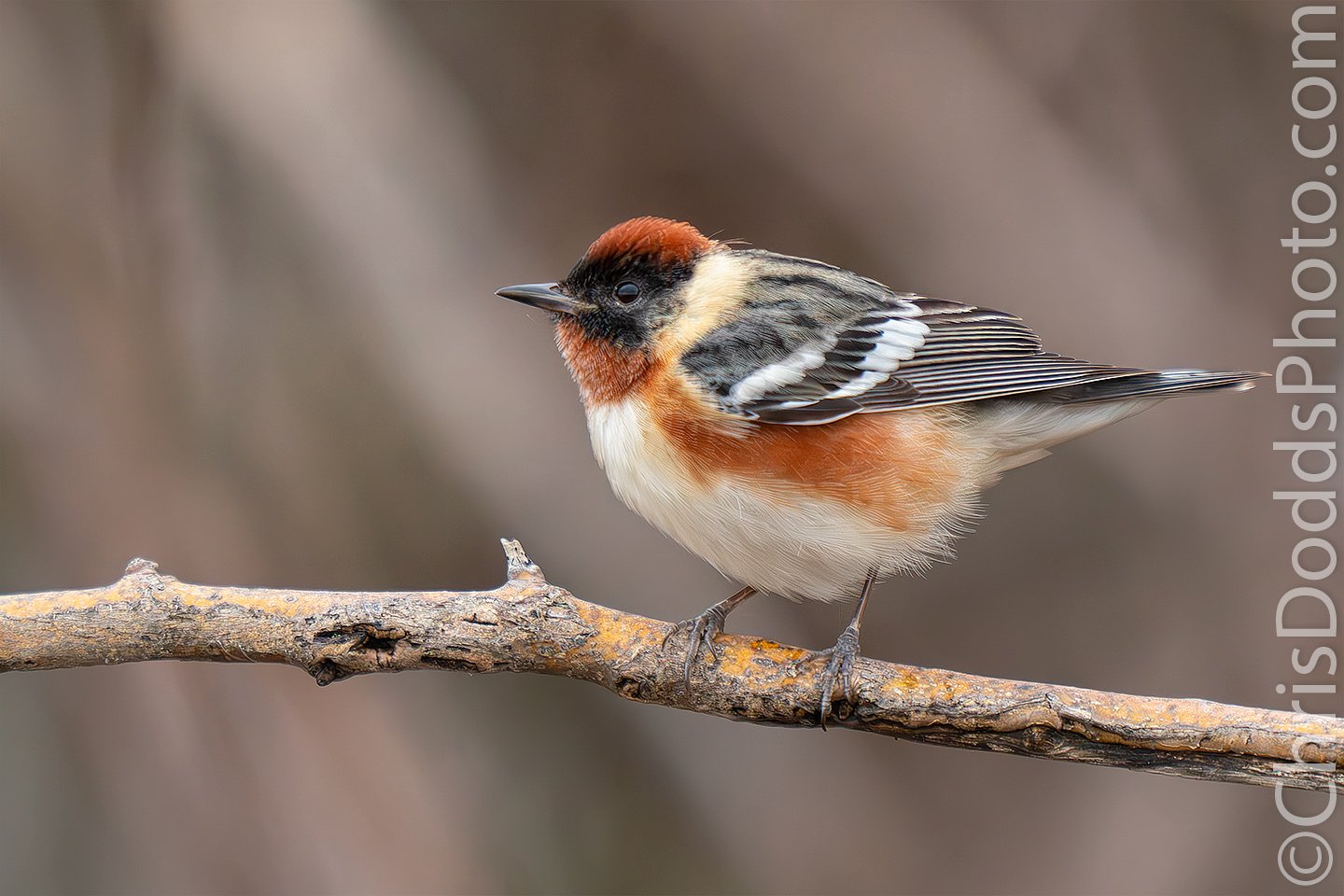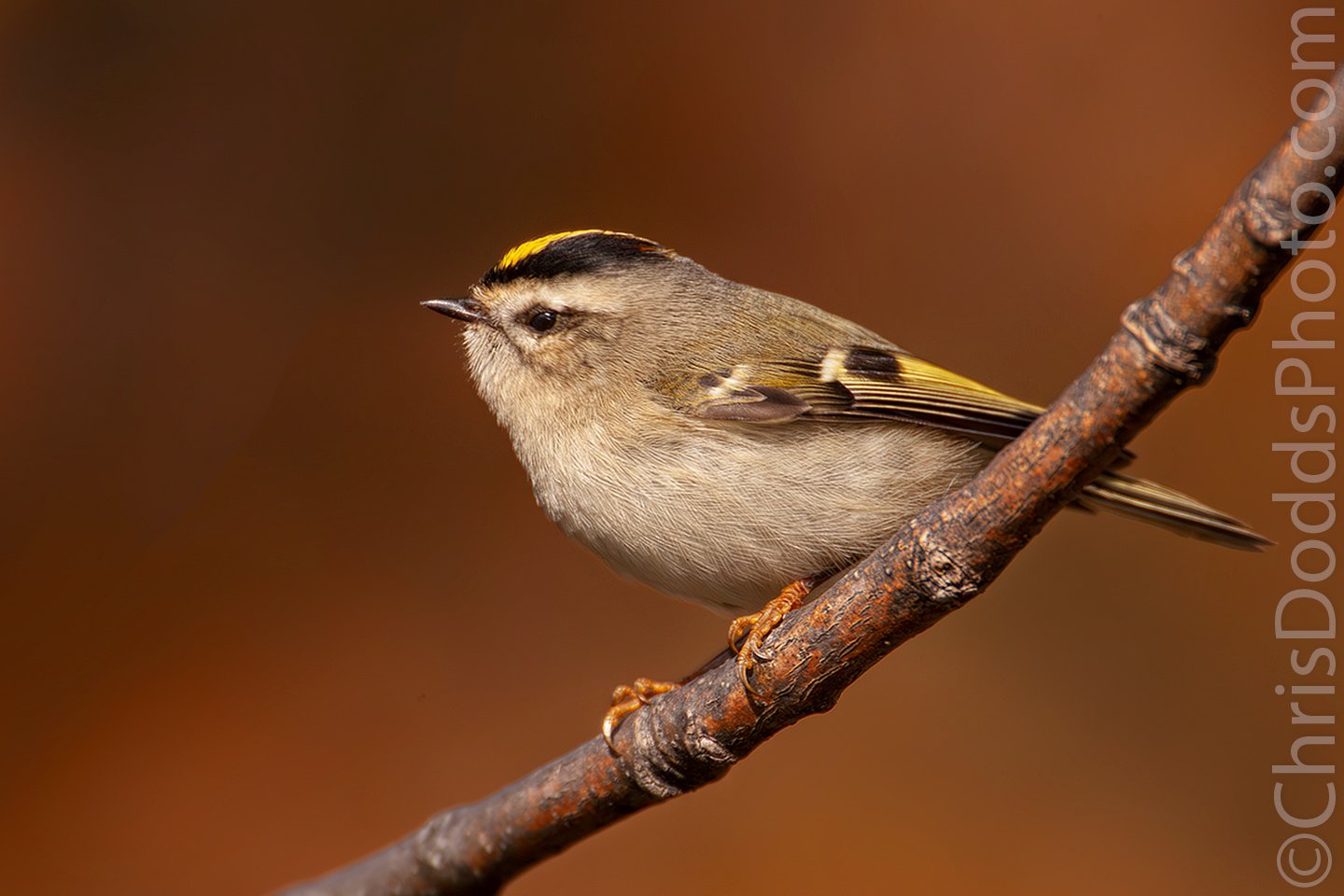A Savannah Sparrow posed on some Fireweed during my Deluxe Puffins Galore and so much more workshop in Quebec. Savannah Sparrows nest on the island and are easy to photograph as they forage and return to their nests with food for their babies.
Savannah Sparrow on fireweed (Passerculus sandwichensis, Bruant des prés, SASP) from my Deluxe Puffins Galore Lighthouse Island Workshop Adventure. Mingan Archipelago National Park Reserve, Quebec, Canada. Image Copyright ©Christopher Dodds. Sony Alpha 1 Mirrorless camera & Sony 200-600mm Lens (@400mm) ISO 32,00, f/6.3 @ 1/5,000s Manual exposure. Full frame image.





















